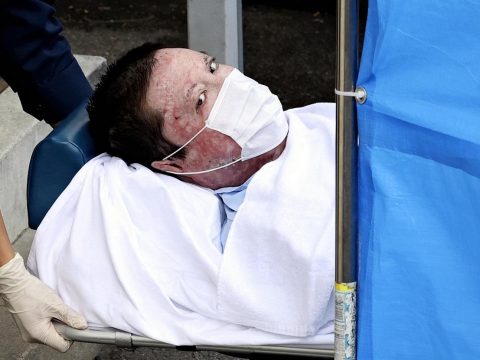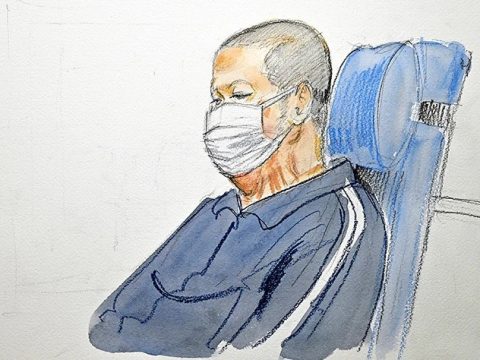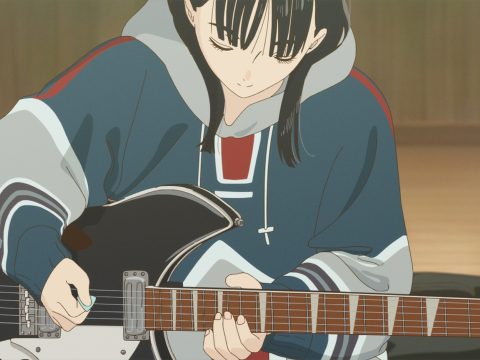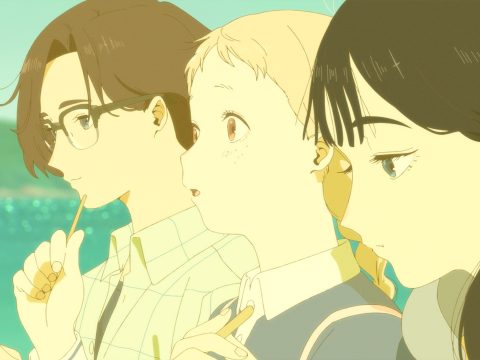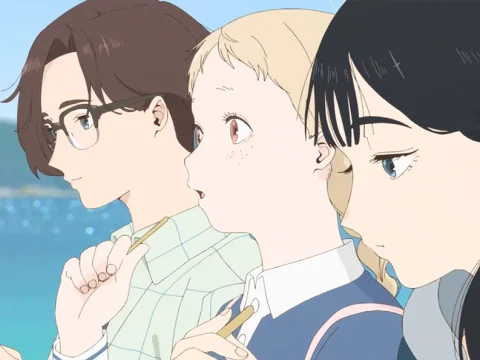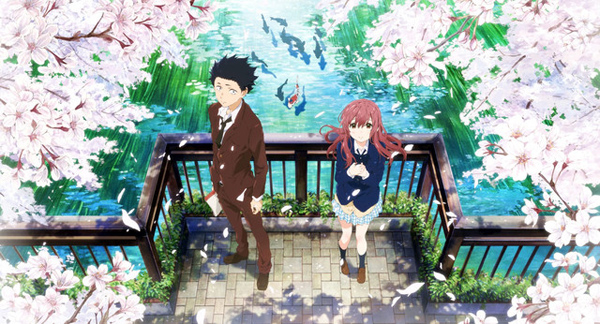
At its core, A Silent Voice (Koe no Katachi), the new film from Kyoto Animation and director Naoko Yamada, is about a group of young people desperately trying, often failing, but occasionally briefly, brilliantly succeeding at following that basic but intensely difficult rule of life best described by Kurt Vonnegut: “Damn it, you’ve got to be kind.”
The film begins when our protagonists are in sixth grade – hardly a kind environment in the best of times, but one that turns truly vicious when the class’s wa is upended by new transfer student Shoko Nishimiya, who is deaf.
Several of Nishimiya’s new classmates attempt to help her integrate, but among them is definitely not main character Shoya Ishida. Ishida, who begins the film as a snotty, leader-of-the-pack type whose empathy circuits haven’t yet activated, makes Nishimiya the target of his torment, throwing rocks, shouting into her hearing aids and trashing the notebook she uses to communicate with the class.
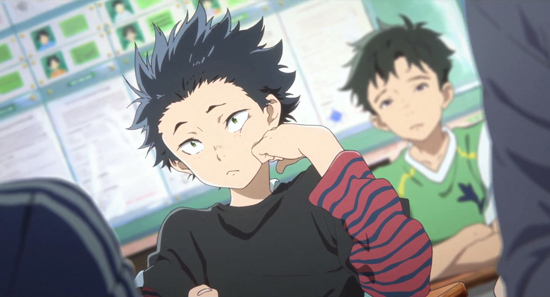
Ishida’s crew goes along with the bullying – to a point. But when he goes too far, they turn on him, making him the victim. By the time Ishida enters high school, he’s sullen and friendless, unable to even make eye contact with those around him. The only thing preventing him from suicide is the desire to apologize to Nishimiya, which is where the story really begins.
The manga A Silent Voice, written and illustrated by Yoshitoki Oima, is an impressive work in its own right (in Japan, it’s won awards including the Osamu Tezuka Culture Prize and in the States, it’s currently up for an Eisner), and the film sticks largely to its source material. But where the animated version of A Silent Voice shines – and even improves on the original – is in form.
That form comes courtesy 31-year-old director Naoko Yamada, already a veteran at Kyoto Animation, where she’s helmed two anime series, K-On! and Tamako Market. While Yamada’s previous theatrical efforts were extensions of those two series, with A Silent Voice, it feels as if she’s come into her own as a Filmmaker with a capital F.
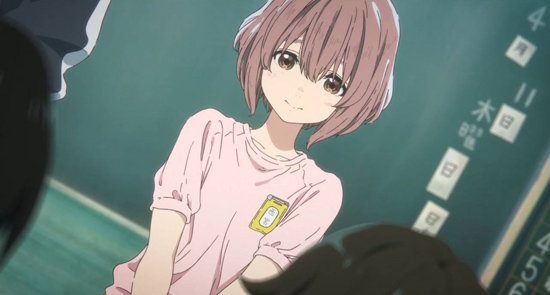
From the first scene (which roars to life not with a single from the latest Japanese band of the month, but The Who’s 1965 anthem “My Generation”), Yamada displays excellent filmmaking instincts throughout the film’s impressive 130-minute runtime, tightening dialogue and rearranging scenes from the original for greater impact. Most importantly, Yamada adds a sense of three-dimensionality sometimes lacking in the original manga. Many shots come from the point-of-view of Ishida, who’s too withdrawn to look into the eyes of those around him. Sounds design plays a huge part too: the medium gives us a chance to hear what the world sounds like to the deaf Nishimiya.
Why do some children become bullies? How does bullying and being bullied (as the film points out, it’s often both) affect what kind of people we become? Where do we find empathy with people different from us, and why can kindness be so hard to communicate? A Silent Voice tackles these questions honestly without feeling melodramatic or like a “message” film.
A Silent Voice is a new kind of movie for both Yamada and Kyoto Animation, the first theatrical film not based on one of their existing properties. And based on its box office performance so far, it probably won’t be the last. This is good: I, for one, am interested in seeing more of the shape of director Yamada’s voice.
Matt Schley is Otaku USA’s man in Japan and e-News editor. His voice is shaped like the sign of the teaspoon.


